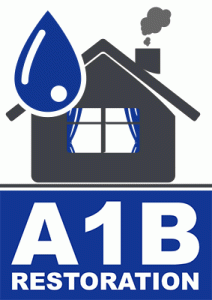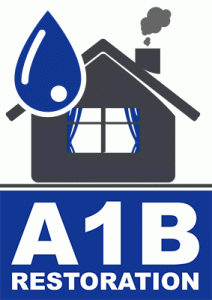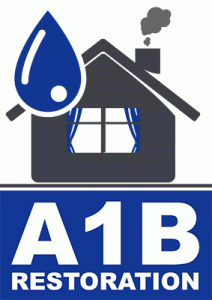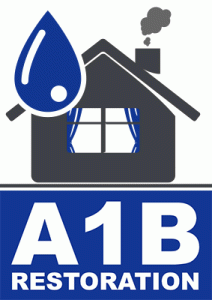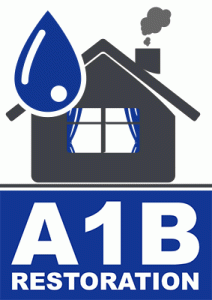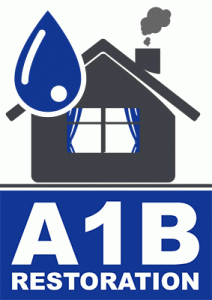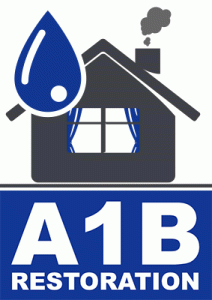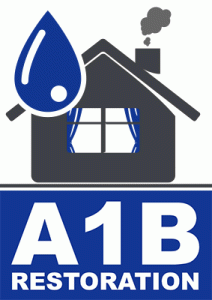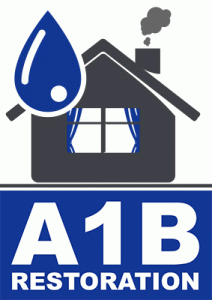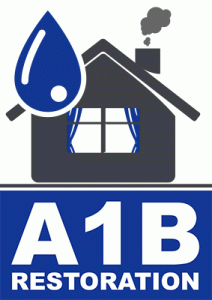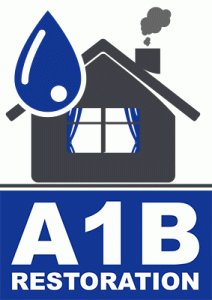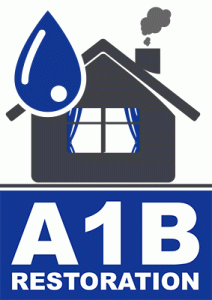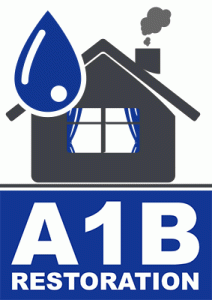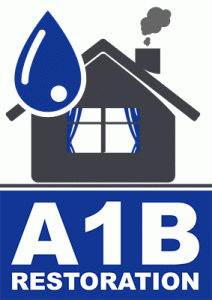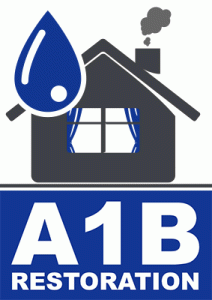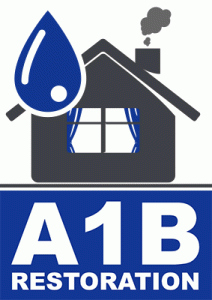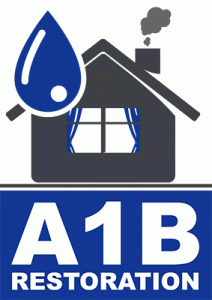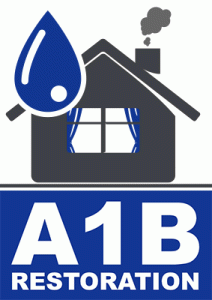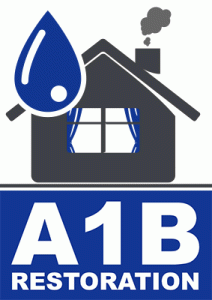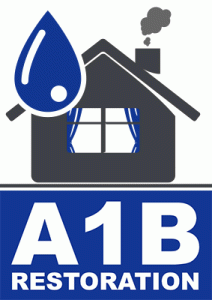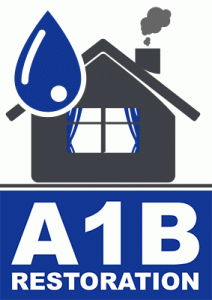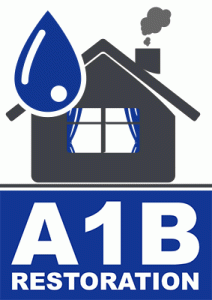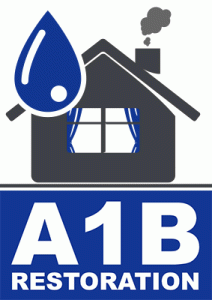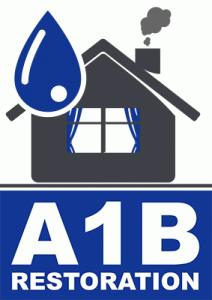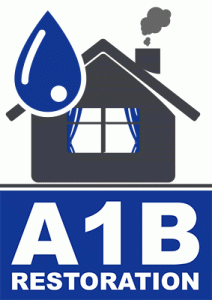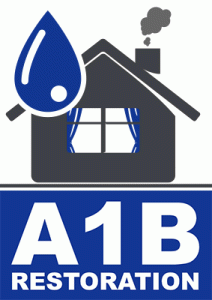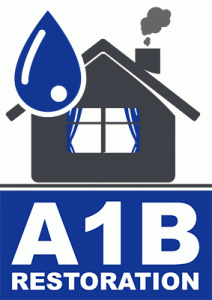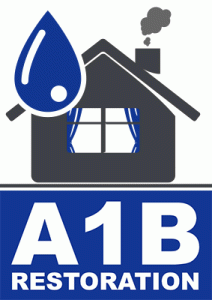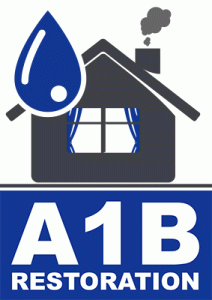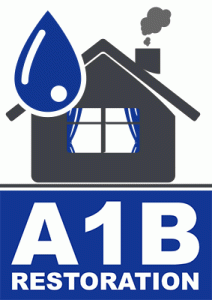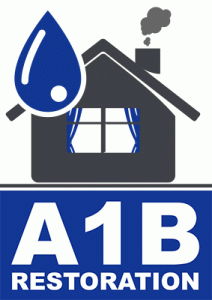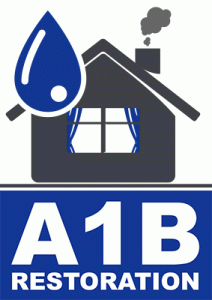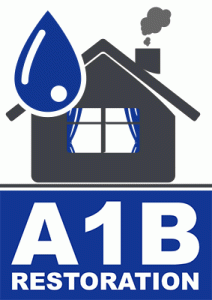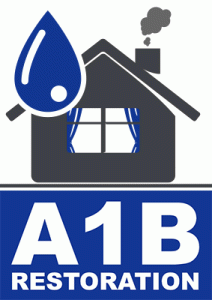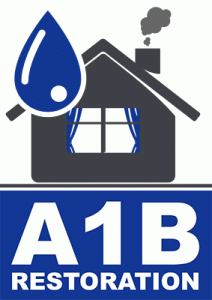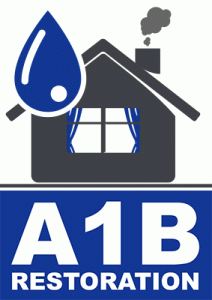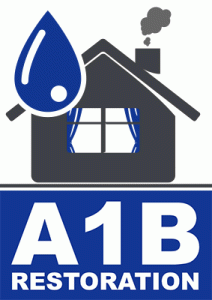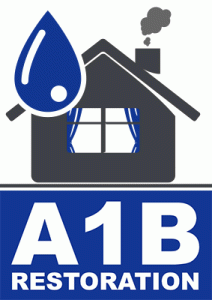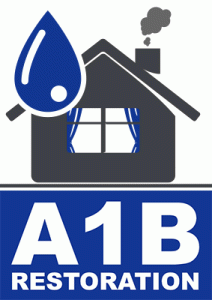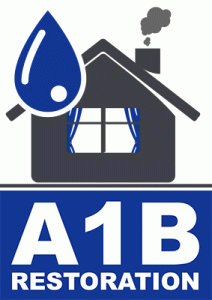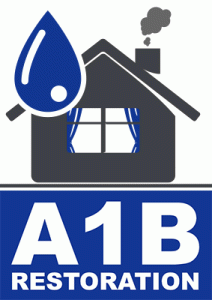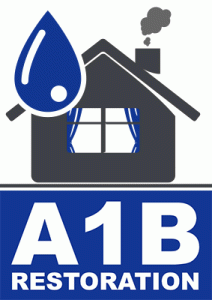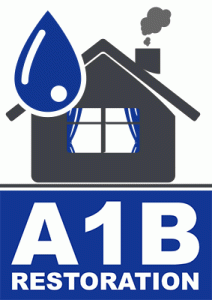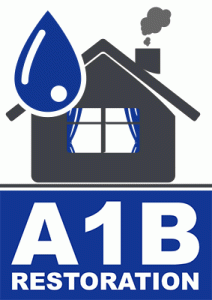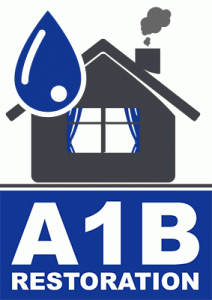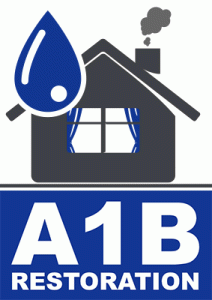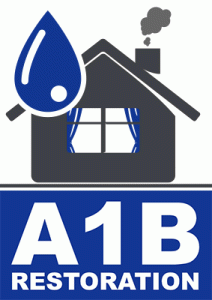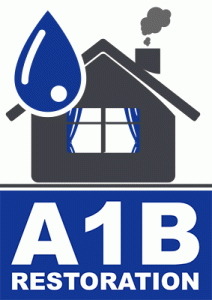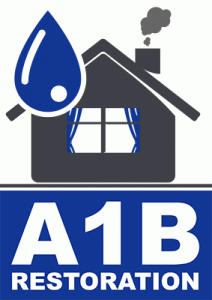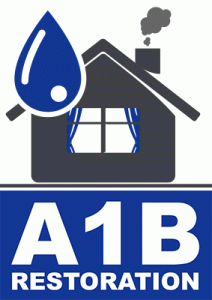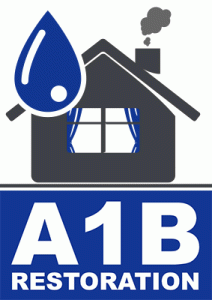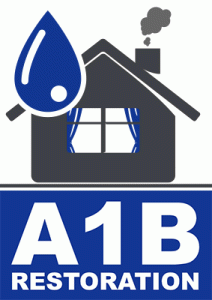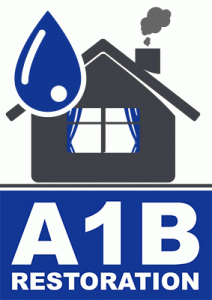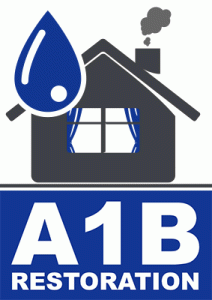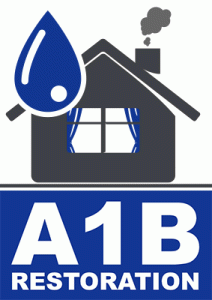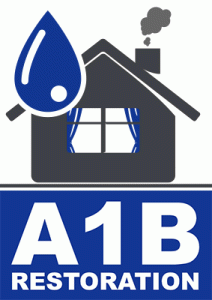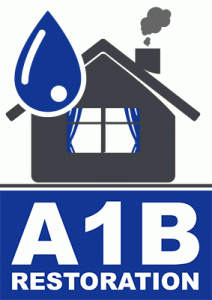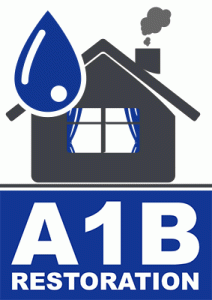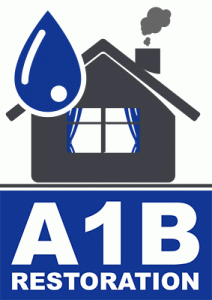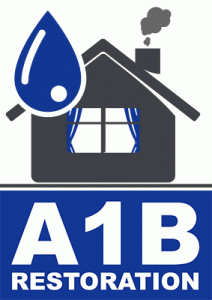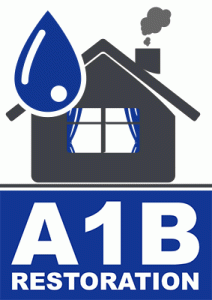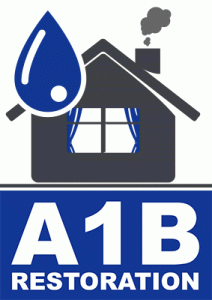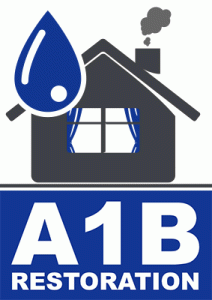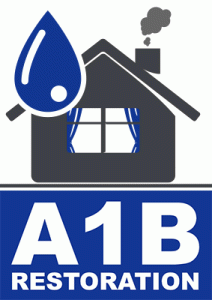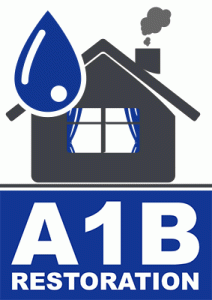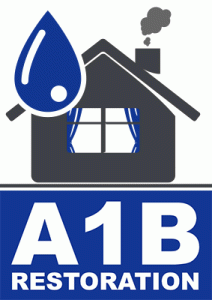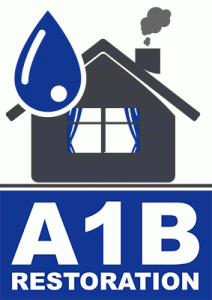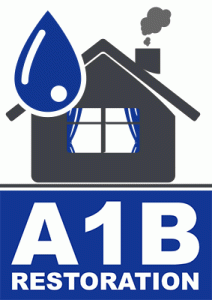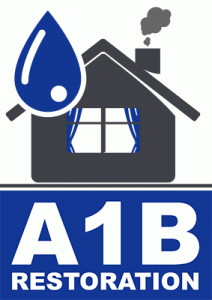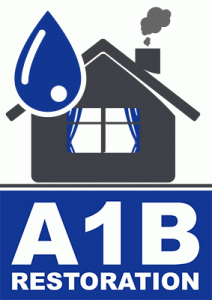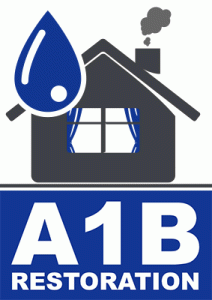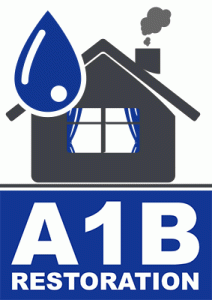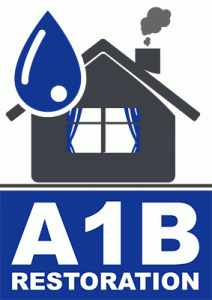Comprehensive Guide to Water Damage Restoration for Commercial Properties
Water damage can be a devastating blow to any commercial property. Whether it’s caused by natural disasters, plumbing issues, or structural failures, the aftermath can disrupt operations and lead to significant financial loss. Understanding how to effectively manage water damage restoration is crucial for business owners and property managers. In this guide, we’ll explore the essential steps in water damage restoration, provide actionable tips, and highlight the importance of a proactive approach.
The Importance of Timely Water Damage Restoration
Water damage restoration is not just about cleaning up water; it’s about preventing further damage and restoring the property to its pre-loss condition. According to the Federal Emergency Management Agency (FEMA), floods are the most common and costly natural disaster in the United States. Each year, they cause over $8 billion in damage. For commercial properties, the impact is not just financial but also operational, affecting business continuity and employee safety.
Immediate Action is Critical
When water damage occurs, immediate action can prevent the situation from worsening. Mold can start growing within 24 to 48 hours, and prolonged exposure to water can compromise the structural integrity of the building. Therefore, swift action is crucial to minimize damage and costs.
Steps in Water Damage Restoration
1. Assessment and Inspection
The first step in water damage restoration is assessing the extent of the damage. This involves identifying the source of the water, the level of contamination (clean, gray, or black water), and the affected areas. Professional restoration companies use advanced equipment like moisture detectors and infrared cameras to accurately assess the damage and develop an appropriate action plan.
2. Water Removal and Extraction
Once the assessment is complete, the next step is to remove standing water. High-powered pumps and vacuums are used to quickly and efficiently extract water from the premises. This step is vital to prevent secondary damages and reduce drying time.
3. Drying and Dehumidification
After water removal, the drying process begins. This involves using industrial-grade dehumidifiers and air movers to eliminate moisture and prevent mold growth. Monitoring equipment is used to track the drying process and ensure the area is thoroughly dried.
4. Cleaning and Sanitizing
Restoration professionals clean and sanitize affected items and areas. This step may involve antimicrobial treatments to prevent mold and bacterial growth. Depending on the severity, some materials, such as carpeting or drywall, might need to be removed and replaced.
5. Restoration and Repair
The final step is restoring the property to its original state. This could involve minor repairs such as replacing drywall and installing new carpet, or major reconstruction in severe cases. The goal is to ensure the property is safe, functional, and aesthetically pleasing.
Preventive Measures and Tips
Regular Maintenance and Inspections
Regular maintenance can significantly reduce the risk of water damage. Inspect plumbing and roofing regularly, and address any issues promptly. Ensure that gutters and downspouts are clear and direct water away from the building.
Invest in a Quality Insurance Policy
Having a comprehensive insurance policy can alleviate the financial burden of water damage restoration. Ensure your policy covers all potential risks, including floods if you’re in a high-risk area.
Develop a Water Damage Response Plan
Having a response plan in place can save time and reduce panic in the event of a water emergency. This plan should include emergency contacts, a list of priority actions, and a checklist of essential supplies.
Conclusion: Proactive Planning is Key
Water damage restoration for commercial properties is a complex process, but with the right knowledge and preparation, it can be managed effectively. By understanding the restoration steps and implementing preventive measures, business owners can minimize disruption and protect their investments. Don’t wait for disaster to strike; take proactive steps today to safeguard your commercial property against water damage.
For more information and professional assistance, contact a certified water damage restoration company. Their expertise and state-of-the-art equipment can help you navigate the restoration process swiftly and efficiently.

Lakewood Dallas Texas water damage cleanup near me
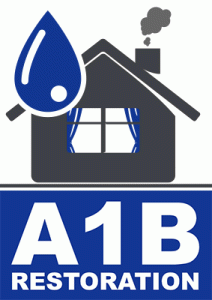
Flower Mound TX water damage restoration company

Haltom City Texas water damage restoration service near me
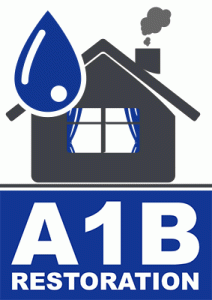
The Colony Texas water damage restoration near me

Sample Page
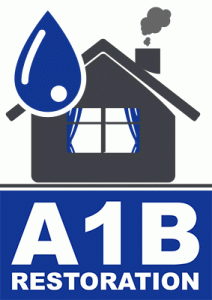
Colleyville TX water damage restoration companies near me
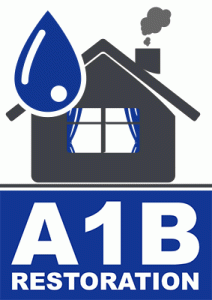
residential water damage restoration Garland Texas

residential water damage restoration Haltom City Texas

Colleyville Texas water damage restoration near me

Lakewood Dallas TX restoration water damage experts
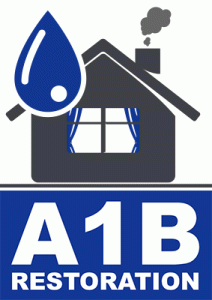
water remediation company near me Lewisville Texas

Flower Mound Texas restoration water damage companies
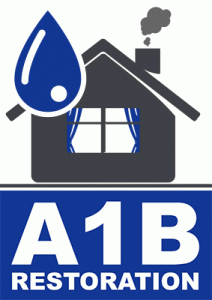
Grand Prairie Texas water damage restoration near me
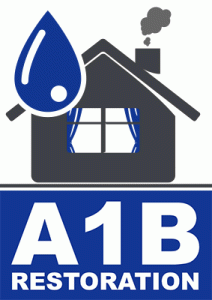
Lewisville Texas water extraction company near me
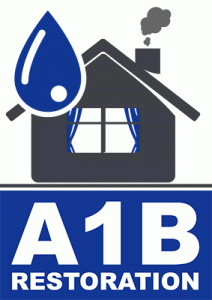
Highland Park Texas restoration water damage companies

Carrollton Texas water damage restoration service near me

Grand Prairie Texas restoration water damage companies
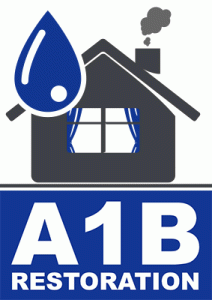
Richardson Texas restoration water damage companies
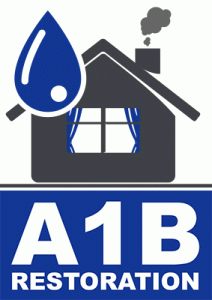
Highland Park TX water damage restoration company

Haltom City TX water damage restoration companies

Grand Prairie TX water damage restoration company
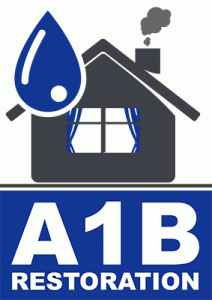
Flower Mound TX water damage restoration services
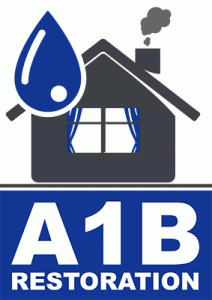
Lake Highlands Dallas TX water damage restoration company
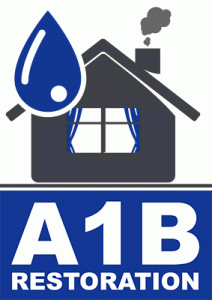
Murphy TX water damage restoration companies near me
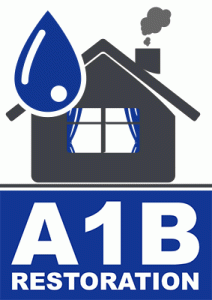
best water damage restoration near me DeSoto Texas
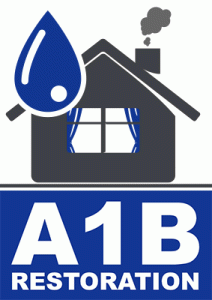
water damage restoration service Haltom City Texas
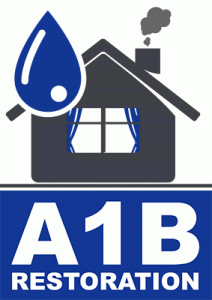
water damage company near me Lake Highlands Dallas Texas
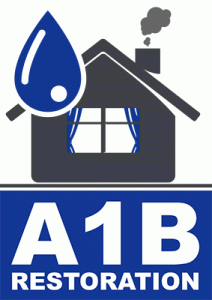
best water damage restoration near me Fairview Texas

water damage and restoration companies Dallas Texas
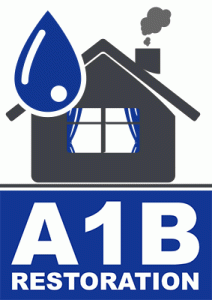
water remediation company near me Arlington Texas
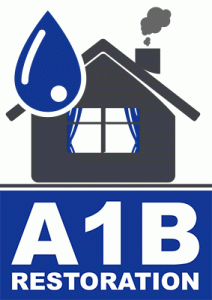
water damage restoration services near me Irving Texas

water remediation company near me Highland Park Texas
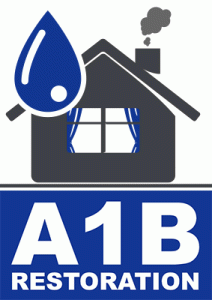
restoration services water damage Grand Prairie Texas

best water damage restoration near me Roanoke Texas
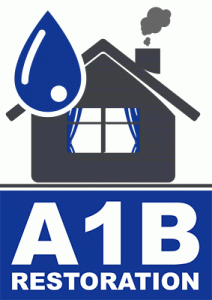
water damage and restoration companies Bedford Texas
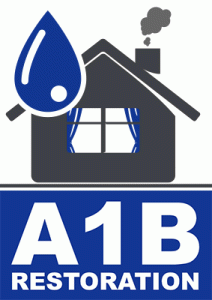
water damage and restoration companies Fairview Texas


